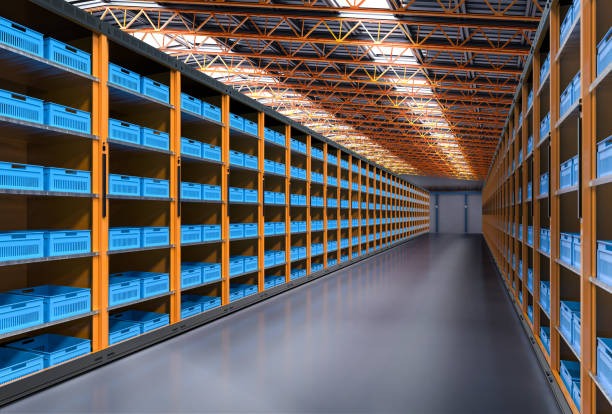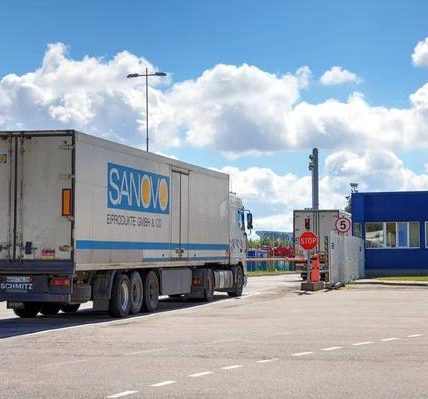In the dynamic landscape of logistics and supply chain management, optimizing warehouse space is a critical concern for businesses aiming to enhance efficiency and reduce operational costs. In Singapore, a bustling hub of commerce and trade, the need for effective storage solutions is paramount. Heavy-duty racking systems have emerged as an indispensable asset in maximizing warehouse capacity while ensuring safety and accessibility.
Heavy-duty racking systems are designed to accommodate substantial loads, making them ideal for warehouses dealing with bulky or heavy inventory. These robust structures are engineered to withstand significant weight capacities, offering a reliable solution for storing goods vertically rather than horizontally. This vertical NTL Storage approach not only optimizes floor space but also allows businesses to manage their inventory more effectively.
One of the key advantages of implementing heavy-duty racking in Singaporean warehouses is its scalability. As businesses grow and their inventory needs expand, these racking systems can be easily adjusted or expanded without requiring major structural changes. This adaptability ensures that companies can efficiently respond to changing market demands without incurring excessive costs on infrastructure modifications.
Moreover, heavy-duty racking enhances operational efficiency by improving accessibility and organization within the warehouse. With well-designed layouts tailored to specific inventory types, employees can quickly locate and retrieve items, reducing picking times significantly. This streamlined process contributes directly to faster order fulfillment rates, which is crucial in maintaining customer satisfaction in today’s fast-paced market environment.
Safety is another critical consideration when optimizing warehouse space with heavy-duty racking systems in Singapore. These racks are constructed from high-quality materials that ensure stability even under maximum load conditions. Additionally, they come equipped with safety features such as locking mechanisms and protective barriers that minimize the risk of accidents during loading and unloading operations.
Implementing heavy-duty racking also aligns with sustainability goals by promoting efficient use of resources within the warehouse environment. By maximizing vertical space utilization, businesses can potentially reduce their overall footprint or defer costly expansions into new facilities. This efficient use of existing spaces translates into lower energy consumption for lighting and climate control over time.
Furthermore, many suppliers offer customizable options tailored specifically to meet diverse industry requirements across Singapore’s varied business sectors—from manufacturing to retail distribution—which further underscores their versatility as a storage solution.
In conclusion, optimizing warehouse space using heavy-duty racking systems offers numerous benefits including improved efficiency through better organization; enhanced safety standards; scalability aligned with business growth; cost-effectiveness by deferring expansion needs; all contributing towards sustainable practices within modern warehousing environments prevalent throughout Singapore’s economic landscape—a clear testament why this strategy remains pivotal for any forward-thinking enterprise seeking logistical excellence amidst competitive pressures globally today!





